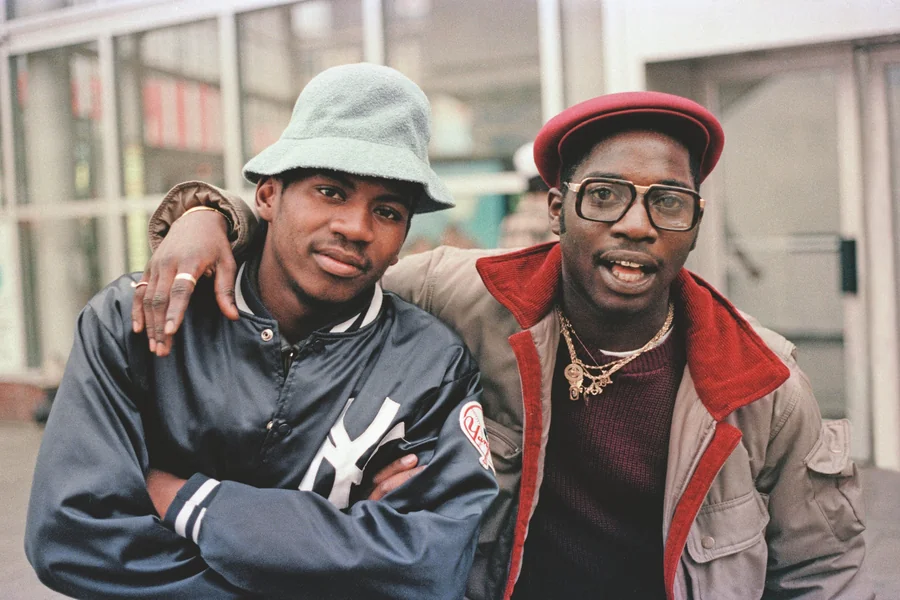Hip-hop culture, born in the 1970s Bronx, has grown into a global phenomenon influencing music, art, language, and notably, fashion. What began as a vibrant expression of identity and resistance has profoundly shaped mainstream fashion trends and industry practices. Exploring hip-hop’s impact on fashion reveals its role in redefining style, breaking boundaries, and empowering communities worldwide.
Origins of Hip-Hop Fashion
Early hip-hop fashion was rooted in practicality, individuality, and cultural pride. Influenced by streetwear, sportswear, and African-American heritage, pioneers sported tracksuits, sneakers, oversized jewelry, bucket hats, and bold colors. These styles symbolized self-expression and defiance against socio-economic challenges.
Key Elements of Hip-Hop Fashion
- Baggy Clothing: Loose-fitting jeans and oversized shirts offered comfort and a distinctive silhouette.
- Sneakers: Iconic brands like Nike, Adidas, and Puma became central, with limited-edition releases gaining cult status.
- Jewelry: Gold chains, grills, and watches signified status and success.
- Headwear: Caps, bandanas, and bucket hats became signature accessories.
- Logos and Branding: Prominent brand logos reflected identity and loyalty.
Hip-Hop’s Influence on Mainstream Fashion
Hip-hop’s bold aesthetics caught the attention of designers and brands, leading to collaborations and adoptions of streetwear styles on high-fashion runways. This fusion challenged traditional fashion hierarchies, introducing urban culture to luxury markets.
Designers and Brands Shaped by Hip-Hop
Designers like Dapper Dan pioneered luxury streetwear by customizing high-end brands with hip-hop flair. Today, labels like Off-White, Supreme, and Yeezy continue this legacy, blending street culture with contemporary fashion.
The Role of Hip-Hop Artists as Fashion Icons
Artists such as Run-DMC, Tupac Shakur, Missy Elliott, and Rihanna have not only influenced music but also set fashion trends. Their style choices—from Adidas sneakers to bold ensembles—became aspirational and emulated globally.
Impact on Fashion Industry Diversity
Hip-hop’s rise spotlighted Black culture and creativity, encouraging inclusivity in modeling, design, and marketing. It opened doors for diverse voices and aesthetics in an industry historically dominated by Eurocentric standards.
The Evolution and Commercialization
While hip-hop fashion began as grassroots expression, it has been commercialized extensively. This evolution brings opportunities and challenges, including debates about cultural appropriation versus appreciation.
Hip-Hop Fashion Today
Current hip-hop fashion merges vintage influences with innovation, sustainability, and digital trends like NFTs and virtual fashion. It remains a dynamic force driving style conversations worldwide.
Conclusion
Hip-hop culture’s influence on fashion is profound and multifaceted, blending artistry, identity, and social commentary. It reshaped the fashion landscape by elevating streetwear, fostering diversity, and inspiring creativity. Understanding this influence highlights fashion’s power as a cultural expression and the enduring legacy of hip-hop style.




